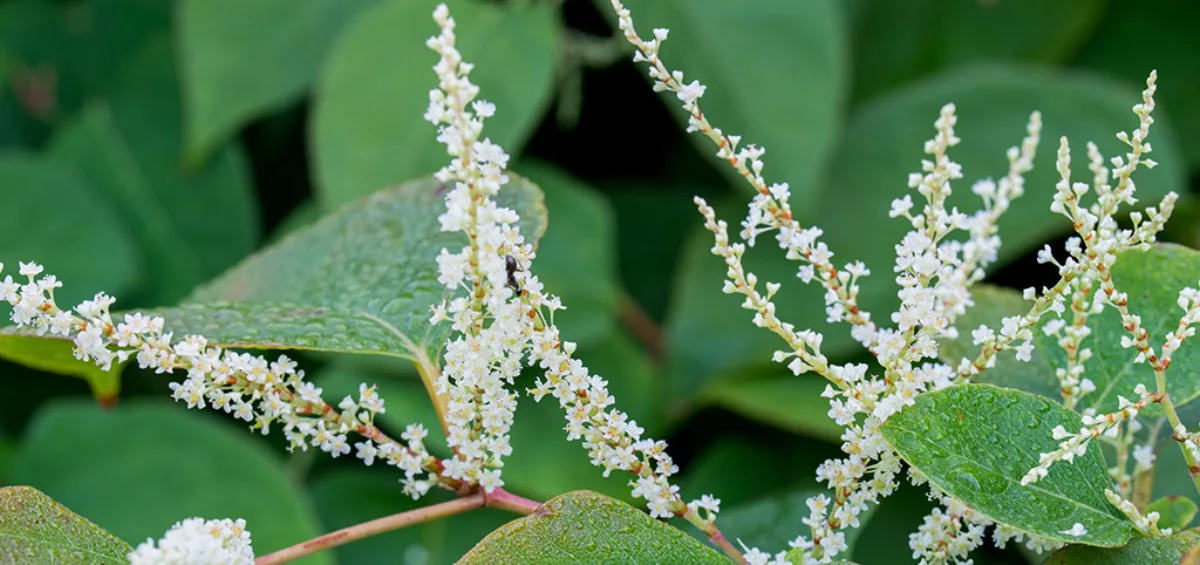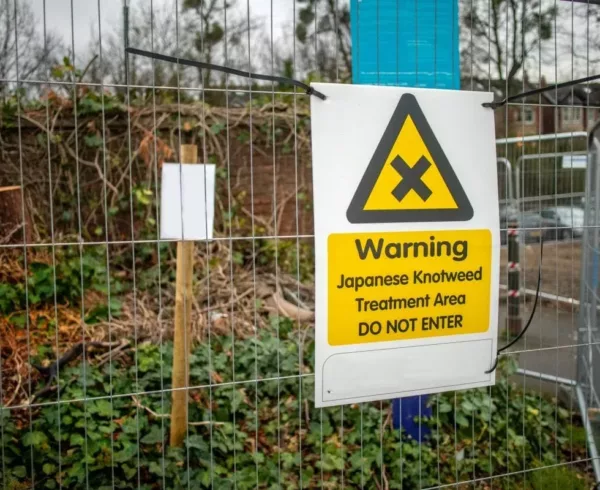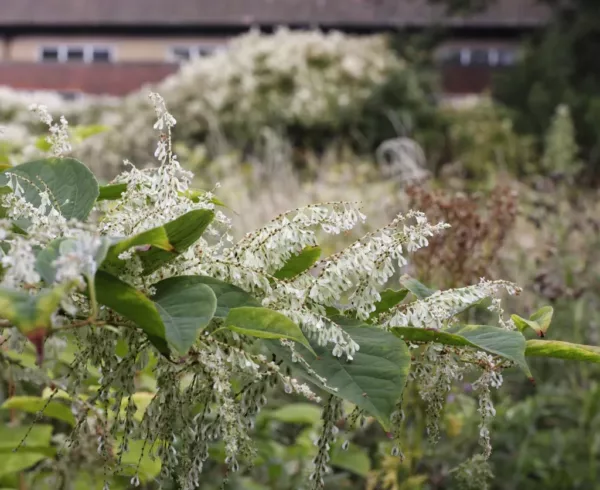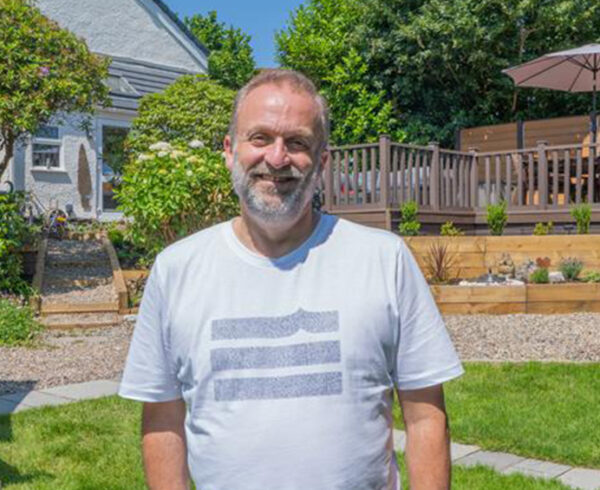When 50-year-old Patricia McCaulsky moved into her new home in New Addington in May 2019 she was overjoyed, even believing one plant to be the shoots of a potato plant.
Instead of a pleasant potato harvest, however, she soon found that the mysterious plant growing in her Croydon home was actually Japanese knotweed, an incredibly resilient and invasive plant, renowned for being almost impossible to remove without serious and expensive professional help.
According to Patricia: “I had to look up what it was. I’d heard of it but didn’t really know what it was.
“One of the first things I saw was where to get legal support, so I knew it must be something serious.”
Over the course of the first summer in their new house, Patricia and her three children watched as the plant quickly took over the garden, growing at an alarming rate and cleaving a path through anything in its way.
Patricia added: “It’s put me off using the garden, the plants are like monsters – I don’t want to go anywhere near it.
I don’t feel very safe near it, it’s made me think about moving home.”
Despite this, however, even if Patricia had decided to move out of the property, the presence of Japanese knotweed would have made this all but impossible as she would be required to inform any potential buyers of the infestation and need to arrange for the knotweed to be removed and for an insurance-backed guarantee to be put in place to prevent regrowth.
“I tried dealing with it myself […] but they just kept growing in bags”
The root of the issue stems from the property next door, owned by Croydon Council. Patricia reached out to the dedicated Japanese knotweed team at CEL Solicitors who were able to help her get the local authority to address the problem.
Patricia received £10,000 in compensation from Croydon Council for the damage to her property caused by the plant, and a long-term treatment plan was put in place.
Despite this, Patricia still feels uneasy, saying: “It’s been winter, so the plant has shrunk again now, and I’ve just got to hope that the council sticks to the treatment plan and doesn’t let it get out of hand again in the summer.
I tried dealing with it myself once and I put the dead stems into a bin bag to be collected. But they just kept growing in the bags even though they appeared to be dead.”
According to Paul Hampson, a director at CEL Solicitors and Japanese knotweed expert: “Japanese knotweed can strike fear into the hearts of homeowners as it has a reputation for being invasive.
“The issue with Japanese knotweed is that it grows rapidly and is expensive to treat. It can grow up to seven feet tall, cause damage to properties and be extremely difficult to remove.
“We advise everyone to be aware of the telltale signs of Japanese knotweed, from their red or purple shoots which change to green in the summer, to its shovel-shaped leaves.
“They sometimes grow clusters of little white flowers, too.”
How to identify Japanese knotweed
Japanese knotweed can grow 10cm per day in summer and often makes its first appearance in April or May. Not just found in Croydon, Japanese knotweed can be found all across the UK, spreading across almost every town and city. Japanese Knotweed Hotspots – 2022.
If you find Japanese knotweed growing on your property, don’t hesitate to ask for help. The pervasive plant is almost impossible to remove without professional assistance and attempting to ignore or remove it yourself can make matters much worse and could even leave you liable for illegally allowing the plant to spread. Talk with CEL Solicitors’ dedicated Japanese knotweed team for free initial help and support. Call 0808 273 0900 or apply online.
This case study was previously featured in an article by MyLondon.












